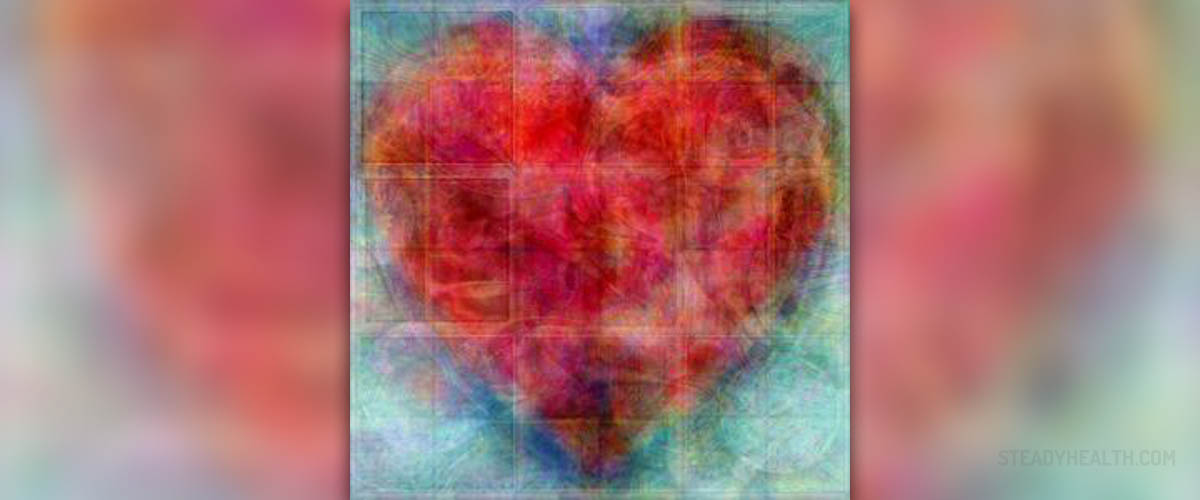

If you have severe pain or difficulty breathing, call for help right away. Mild discomfort at the site of insertion is common. Though injuries to these structures are very uncommon, they can be serious.Ĭhest tubes are kept in place by stitches and are covered by a sterile dressing.

The other major risks involve damage to the other structures in the chest, like the lungs and heart. In order to avoid introducing an infection, the entire procedure is performed in a sterile fashion. Practitioners are careful to avoid the blood vessels that run on the underside of the ribs during placement. Like any surgical procedure, the primary risks with chest tube placement are bleeding and infection. Usually, when the amount of fluid draining from the tube is low, or there is no more air escaping through the tube, it can be removed. Chest tubes remain in place for a variable number of days. A chest X-ray will be performed after the procedure to see how much air or fluid has been drained, how much the lung has re-expanded, and to determine the final position of the chest tube. Often, patients may feel the collapsed lung re-expanding. Patients can expect to see or feel the fluid or air leaving the chest. The main goal of this procedure is drainage of the pleural space.

Luckily, this discomfort is usually temporary. In both cases, patients often report some discomfort after the procedure as the tube lies on the ribs and moves slightly with each breath. Some chest tubes are inserted after a wire is placed into the chest through a needle and the wire acts as a track for the tube to follow.
#Treatment for fluid around heart skin#
Some chest tubes are inserted after the skin and muscles of the chest wall are cut and gently spread apart. Although efforts are made to make the procedure more tolerable, patients still usually experience some discomfort. Often, patients are also given medicine to help ease anxiety. When chest tubes are placed in a patient who is awake, patients can expect to receive some form of local pain killer where the chest tube will be inserted. These systems can be allowed to drain passively or can have suction applied to them. Depending on what they are needed for, they can range in diameter from as small as a shoelace to as large as a highlighter.Ĭhest tubes are usually connected to drainage systems that collect fluid and allow air to escape from the chest. Chest tubes come in a variety of shapes and sizes. Chest tubes can be inserted at the end of a surgical procedure while a patient is still asleep from anesthesia or at the bedside using a local pain killer and some sedation. Air or fluid (for example blood or pus) that collects in the space between the lungs and chest wall (the pleural space) can cause the lung to collapse. A chest tube is a plastic tube that is used to drain fluid or air from the chest.


 0 kommentar(er)
0 kommentar(er)
